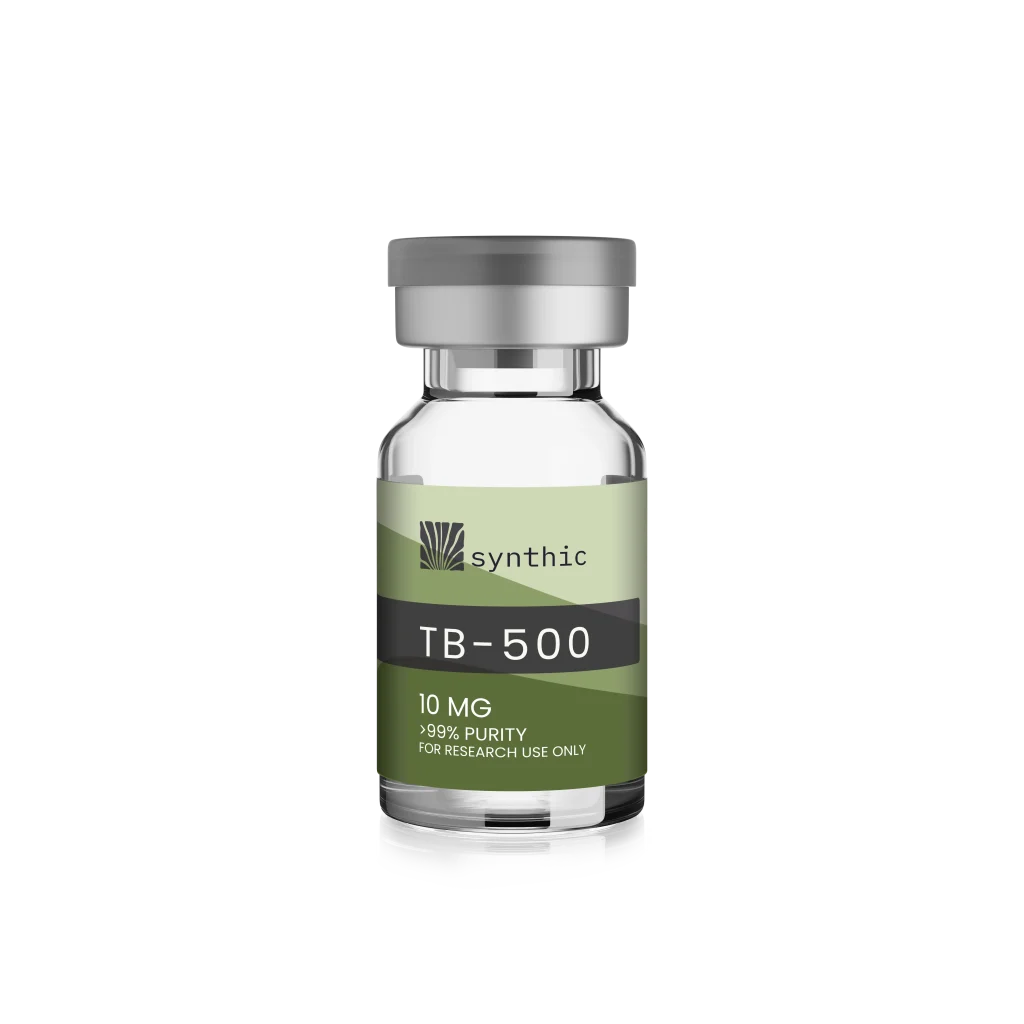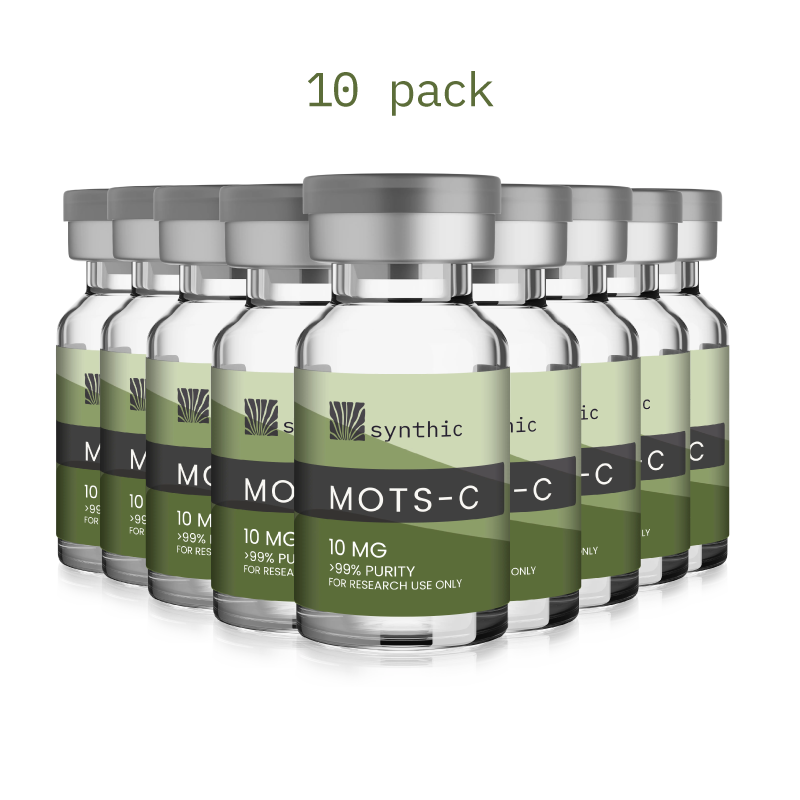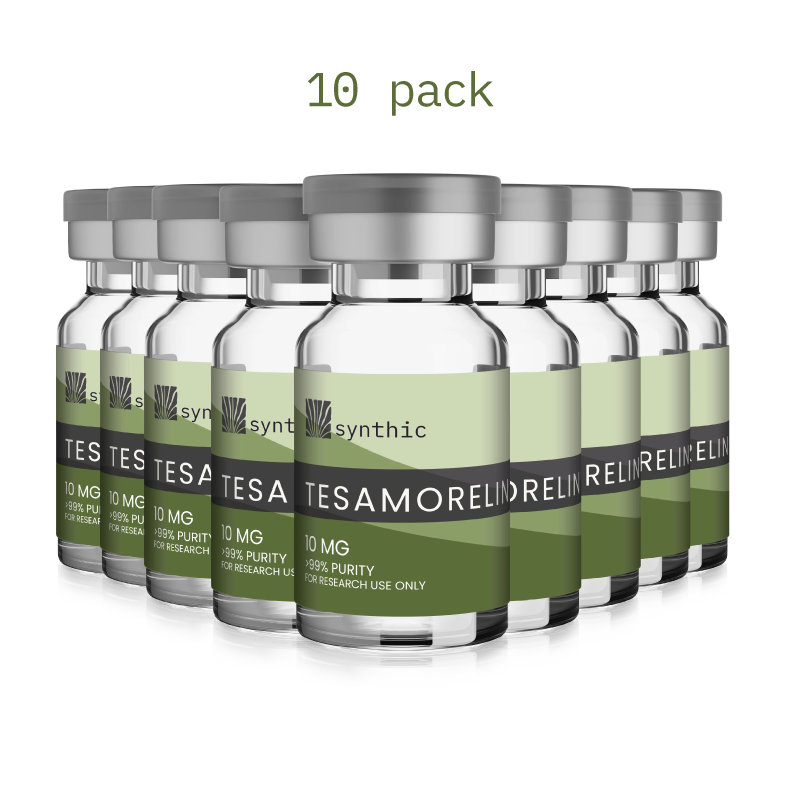In the expanding field of peptide science, a growing number of compounds are being investigated for their ability to support mitochondrial function, accelerate tissue repair, and modulate inflammation. Among the most frequently studied are SS-31, MOTS-c, KPV, TB-500, and BPC-157—each with a unique biological profile and therapeutic potential in preclinical research.
This article compares their mechanisms, focus areas, and emerging roles in mitochondrial health and systemic regeneration.
1. SS-31 (Elamipretide)
Primary Research Focus: Mitochondrial protection and energy optimization
SS-31 is a synthetic tetrapeptide designed to target cardiolipin, a phospholipid found exclusively in the inner mitochondrial membrane. It stabilizes mitochondrial structure, reduces oxidative damage, and improves ATP production.
Studied in:
- Heart failure and ischemia-reperfusion models
- Neurodegeneration and age-related mitochondrial dysfunction
- Muscle fatigue and retinal disorders
- Cellular resistance to reactive oxygen species (ROS)
Mechanism of Action:
Localizes to mitochondria, binds cardiolipin, improves electron transport efficiency, and mitigates mitochondrial ROS-induced injury.
2. MOTS-c
Primary Research Focus: Metabolic regulation and mitochondrial gene expression
MOTS-c is a mitochondrial-derived peptide (MDP), unusual in that it is encoded by the mitochondrial genome. It plays a role in regulating glucose metabolism, improving insulin sensitivity, and enhancing energy utilization.
Studied in:
- Obesity and insulin resistance models
- Aging and metabolic syndrome
- Exercise performance and endurance
- AMPK activation and metabolic flexibility
Mechanism of Action:
Activates AMPK signaling, mimicking the effects of caloric restriction and exercise; supports metabolic adaptation and mitochondrial efficiency.
3. KPV (Lys-Pro-Val)
Primary Research Focus: Anti-inflammatory activity and epithelial repair
KPV is a tripeptide fragment of alpha-MSH, best known for its potent anti-inflammatory properties. It’s being explored in models of gut inflammation, skin irritation, and immune system dysregulation.
Studied in:
- Colitis and inflammatory bowel disease (IBD)
- Mucosal barrier recovery
- Skin conditions such as dermatitis and eczema
- Wound healing in epithelial tissues
Mechanism of Action:
Blocks NF-κB signaling, reducing the release of pro-inflammatory cytokines like TNF-α while supporting tissue regeneration and barrier function.
4. TB-500 (Thymosin Beta-4 Fragment)
Primary Research Focus: Tissue regeneration and angiogenesis
TB-500 is a synthetic peptide based on the actin-binding domain of thymosin beta-4. It is associated with cell migration, angiogenesis, and cytoskeletal remodeling, particularly in musculoskeletal and cardiovascular research.
Studied in:
- Tendon, ligament, and muscle injury
- Post-surgical recovery
- Cardiac tissue regeneration
- Wound healing and fibrosis modulation
Mechanism of Action:
Promotes actin polymerization for cell migration and supports angiogenesis, facilitating faster and more complete tissue repair.
5. BPC-157 (Body Protection Compound)
Primary Research Focus: Soft tissue regeneration and gut healing
BPC-157 is derived from a protein in human gastric juice and has been studied for its regenerative effects on muscle, tendons, nerves, and the gastrointestinal tract.
Studied in:
- Gastrointestinal disorders, ulcers, and permeability
- Tendon and ligament injury
- Neuroregeneration and inflammation
- Vascular repair and nitric oxide modulation
Mechanism of Action:
Enhances angiogenesis, regulates nitric oxide pathways, and supports fibroblast migration and collagen synthesis.
Comparative Overview
| Peptide | Primary Focus | Key Research Areas | Mechanism Summary |
| SS-31 | Mitochondrial protection | Aging, oxidative stress, cardiovascular repair | Stabilizes cardiolipin, reduces ROS |
| MOTS-c | Metabolic regulation | Insulin sensitivity, endurance, aging | Activates AMPK, supports mitochondrial genes |
| KPV | Anti-inflammatory + barrier repair | IBD, dermatitis, epithelial recovery | Inhibits NF-κB and pro-inflammatory cytokines |
| TB-500 | Muscle and connective tissue repair | Musculoskeletal and cardiac tissue healing | Increases cell migration and angiogenesis |
| BPC-157 | Soft tissue + GI regeneration | Gut lining, vascular repair, nerve regeneration | Enhances NO signaling and tissue remodeling |
Strategic Use in Research
- SS-31: Best suited for studies targeting mitochondrial dysfunction and oxidative damage.
- MOTS-c: Ideal for research focused on metabolism, endurance, and cellular stress response.
- KPV: Particularly useful in models involving chronic inflammation or epithelial integrity.
- TB-500: Relevant for structural tissue healing and angiogenesis-focused protocols.
- BPC-157: Broadly applicable across gut health, nerve repair, and musculoskeletal injury.
Conclusion
From mitochondrial repair to inflammation reduction and soft tissue healing, these five peptides offer unique, targeted tools for regenerative and metabolic research. Whether used individually or in combination, compounds like SS-31, MOTS-c, KPV, TB-500, and BPC-157 illustrate the multi-dimensional potential of peptides in supporting recovery and resilience at the cellular level.
As peptide science advances, these molecules may become central to understanding—and potentially resolving—complex conditions linked to cellular dysfunction and tissue breakdown.



